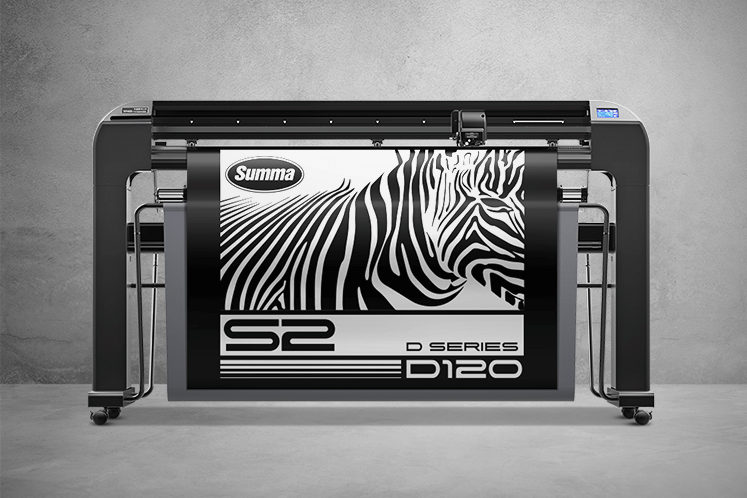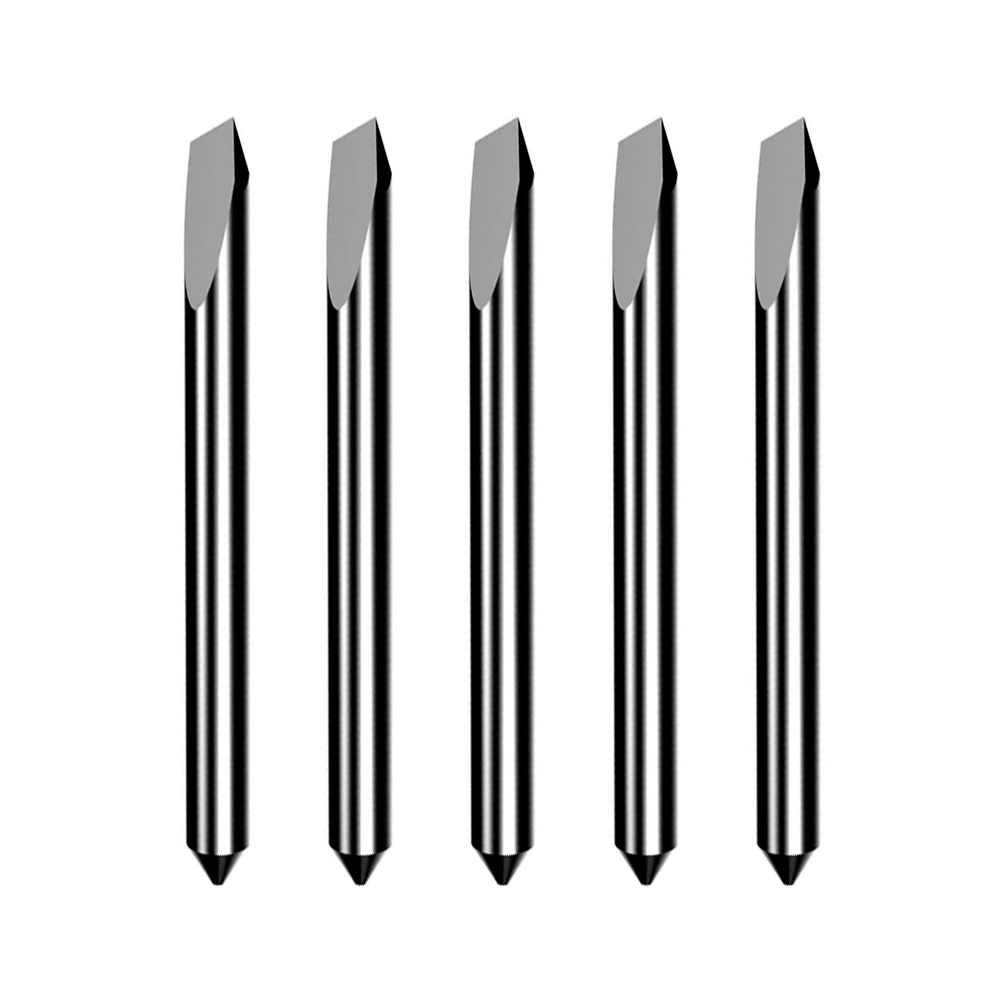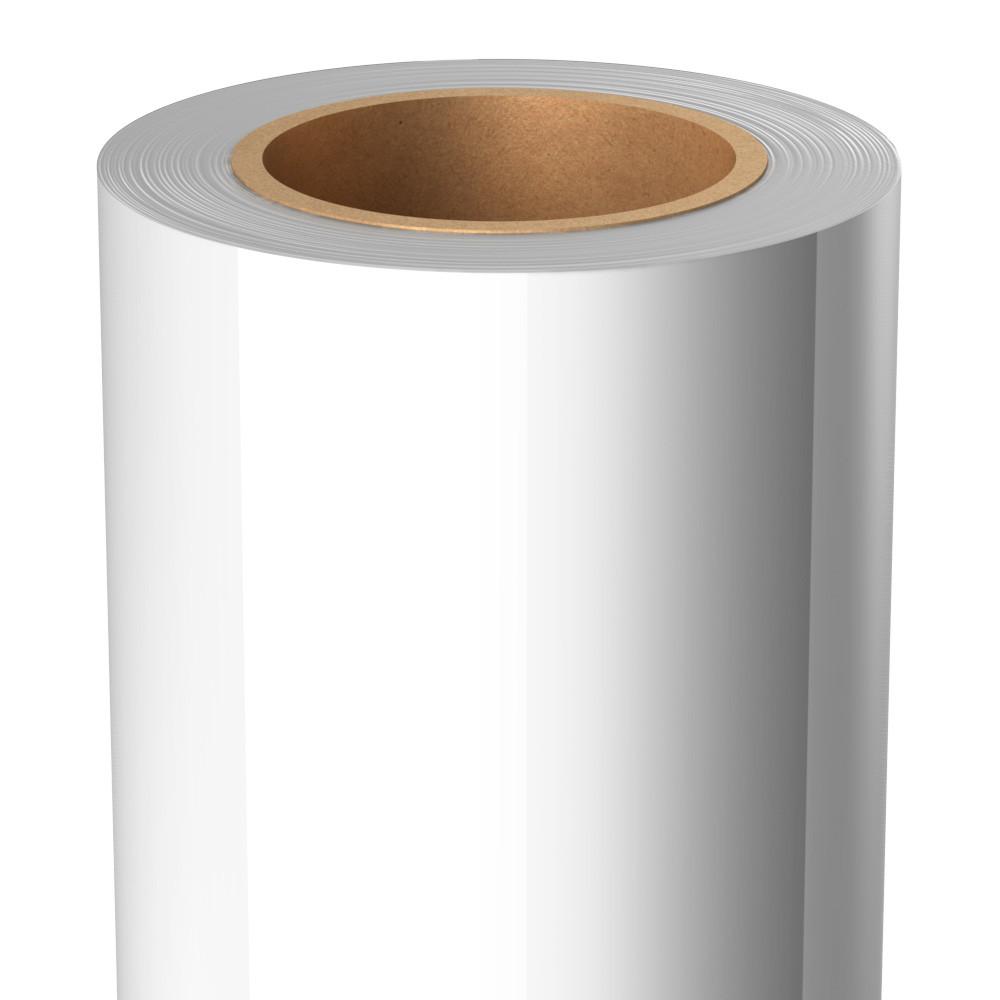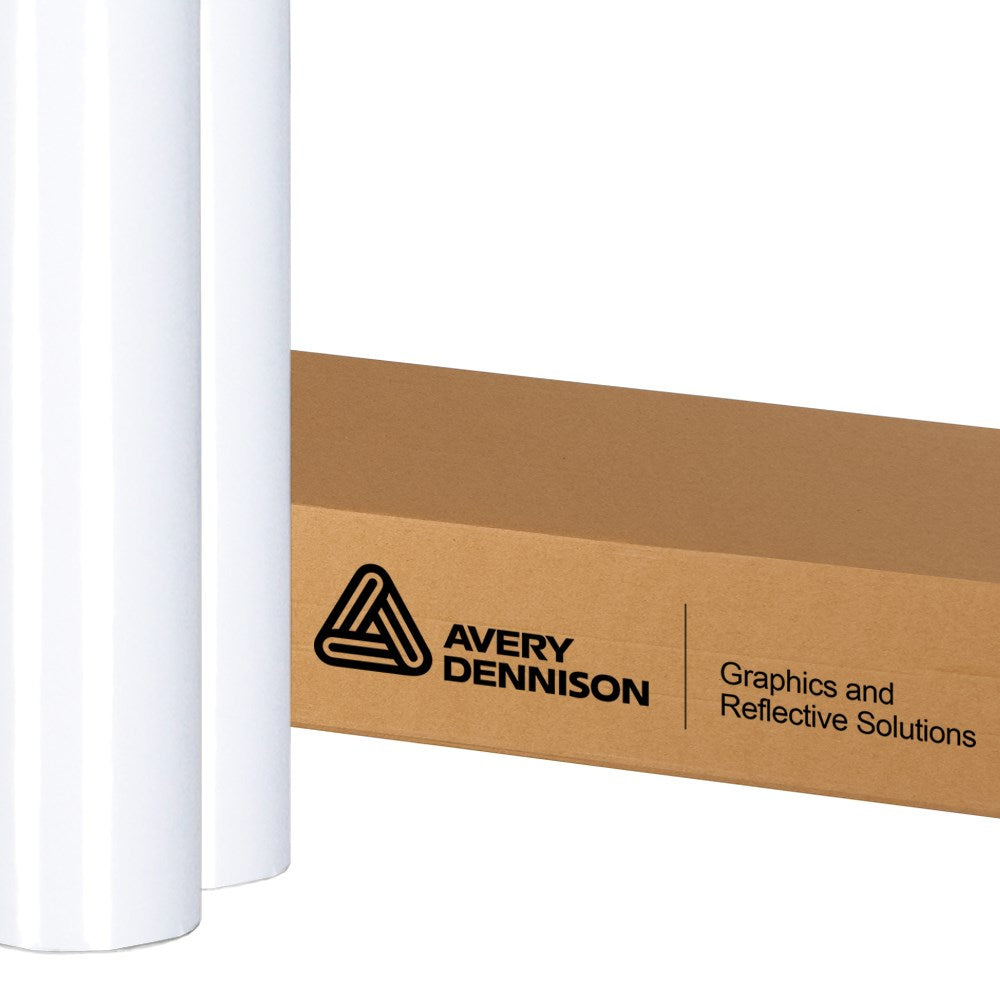Helpful hints for vinyl cutters
Digital finishing refers to many different types of applications, with the most common being cutting and laminating printed graphics. While I am not an expert in all types of finishing techniques and solutions—like vinyl seamers, for example— I do have 17 years of experience in the sign-making industry and have first-hand experience with different types of finishing systems, including vinyl cutters, flatbed digital die cutters and laminators.
Over the years, as wide-format printing has continued to gain in popularity and evolve, so to has the technology of the finishing systems evolved.

The type of industry you are serving (or hope to break into)—such as textiles, packaging, décor, signs, etc.—will drastically affect the type of finishing equipment you will need. Today's traditional vinyl cutters have advanced to include the ability to read registration marks as an industry standard, but vinyl cutters, of course, are limited to rolled media.
Flatbed digital finishing tables, which are larger and more expensive than vinyl cutters, can handle rigid media and offer a wide variety of tools designed to finish many different applications. In addition, laminators are essential to most printed applications, both rolled and rigid, and are important to the longevity of the artwork and signs.
Vinyl Cutters
Every large-format shop needs a vinyl cutter. If you are printing on thicker substrates using a UV-cure printer, you will need a specialized flatbed cutter. However, if you are printing onto vinyl with a roll-fed printer, a traditional vinyl cutter will work great. Some sign shops today like the ease and compactness of an all-in-one print/cut solution. Those systems certainly have their place; however, in my opinion for high-production level shops, it’s best to have separate printing and cutting equipment for efficiency.
"For high-production level shops, it’s best to have separate printing and cutting equipment for efficiency."
Some of today's vinyl cutters include a trim and sheet-cut functionality, making them the perfect companion for large-format printers. This feature saves time and improves efficiency by eliminating the need to cut each print by hand. Also, the optical technology that reads registration marks has improved so that registration marks can be read more accurately, even through laminated graphics.
Choosing the correct digital vinyl cutter can be intimidating. The width of material that you will be cutting should be considered. The most common sizes are 54” and 64”, but it depends on your application range. It is best to go as big as you can afford so that your business is able to grow. Another consideration is run length—are they short runs or long? Other considerations include the thickness and type of the materials you will be cutting, including lamination materials? The cutter must have a cutting force equal to the task.
Guaranteed tracking distance accuracy and cut-force vary drastically from machine to machine. Understanding your shop’s individual needs will help determine which machine brand and size will work best.
Article written by Royce Owen and reposted with permission from Sign & Digital Graphics.




